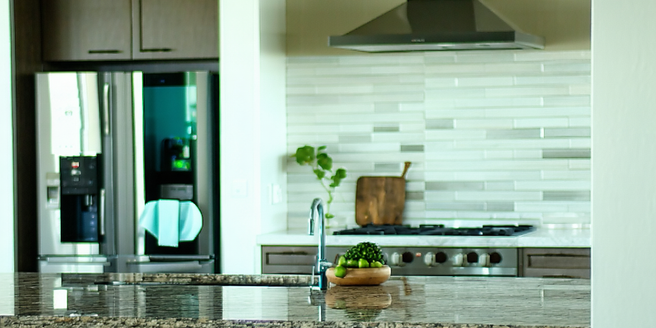Best Practices For Budget House Flipping

Understanding the Real Estate Market Landscape
Understanding the intricacies of the real estate market is crucial for successful house flipping. It involves in-depth research on market trends, such as current property values and demand in specific areas. By analyzing these trends, you can identify opportunities for buying undervalued properties. It’s also essential to assess economic indicators, such as interest rates and employment statistics, which can influence market conditions. Networking with local real estate agents and attending industry events can provide valuable insights into emerging areas and potential investment hotspots. Additionally, exploring local regulations and zoning laws will ensure that your project complies with legal requirements. A comprehensive understanding of these elements equips you with the knowledge to make informed decisions, helping you to select properties with high profit potential while minimizing risks.
Setting a Realistic Budget Plan
Creating a realistic budget is the cornerstone of successful house flipping. Start by analyzing the purchase price and anticipated renovation costs, ensuring they align with your financial capabilities. Obtain quotes from contractors to accurately estimate repair costs, accounting for both materials and labor. It’s vital to include a contingency fund within your budget to handle unexpected expenses. Consider hidden costs such as inspection fees, permits, and holding costs, including mortgage payments, utilities, and taxes during the renovation phase. Furthermore, research the projected resale value of similar properties in the area to ensure a competitive pricing strategy. Continuously monitor and adjust the budget as the project progresses, maintaining financial control. By setting clear financial boundaries and sticking to them, you can optimize profitability and minimize financial risks in the house flipping process.
Choosing the Right Property for Flipping
Selecting the right property is crucial for maximizing returns in house flipping. Focus on properties in growing neighborhoods with increasing demand and potential for appreciation. Conduct a thorough comparative market analysis to identify viable options that are priced below market value. Pay attention to the property’s structural integrity and prioritize properties needing cosmetic updates over major structural repairs to manage costs. Consider factors such as proximity to schools, amenities, and transportation links—all of which enhance the appeal to future buyers. Gauge the property’s layout and potential for improvement to ensure it meets market expectations. Additionally, evaluate local zoning laws and neighborhood trends to avoid areas with unfavorable reputations or restrictions. Choosing wisely ensures a smoother renovation process and increases your chances of a successful, profitable sale.
Cost-Effective Renovation Strategies
Adopting cost-effective renovation strategies can significantly boost your profits in house flipping. Prioritize renovations that add the most value, such as kitchen and bathroom upgrades, which often yield high returns. Opt for high-quality, budget-friendly materials and finishes to balance cost and appeal. Focus on energy-efficient updates, like LED lighting or improved insulation, which can attract eco-conscious buyers. Implement a DIY approach for simple tasks where possible, but hire professionals for complex work to avoid costly mistakes. Utilize space effectively by reconfiguring layouts to increase functionality and appeal. Always keep the target market’s preferences in mind to ensure renovations meet buyer expectations without over-improving the property. Regularly track expenses and adjust plans to adhere to the budget. Strategic renovation decisions will maximize impact and enhance the property’s marketability.
Maximizing ROI with Strategic Selling
Effective selling strategies can significantly maximize your return on investment in house flipping. Start by staging the property to highlight its best features and create an inviting atmosphere. High-quality photography and virtual tours can enhance online listings, attracting a larger audience. Price the property competitively by analyzing recent sales of similar homes in the area, ensuring it reflects the property’s upgrades and market conditions. Leverage digital marketing tools and social media platforms to increase exposure and reach potential buyers. Hosting open houses and viewings can generate interest and facilitate offers. Be prepared for negotiations, maintaining a balanced approach to achieve a favorable sale price while accommodating buyer needs. Timing the sale to coincide with favorable market conditions, such as low interest rates or high demand, can also boost profits. Strategic selling transitions the renovated property from investment to profitable sale efficiently.